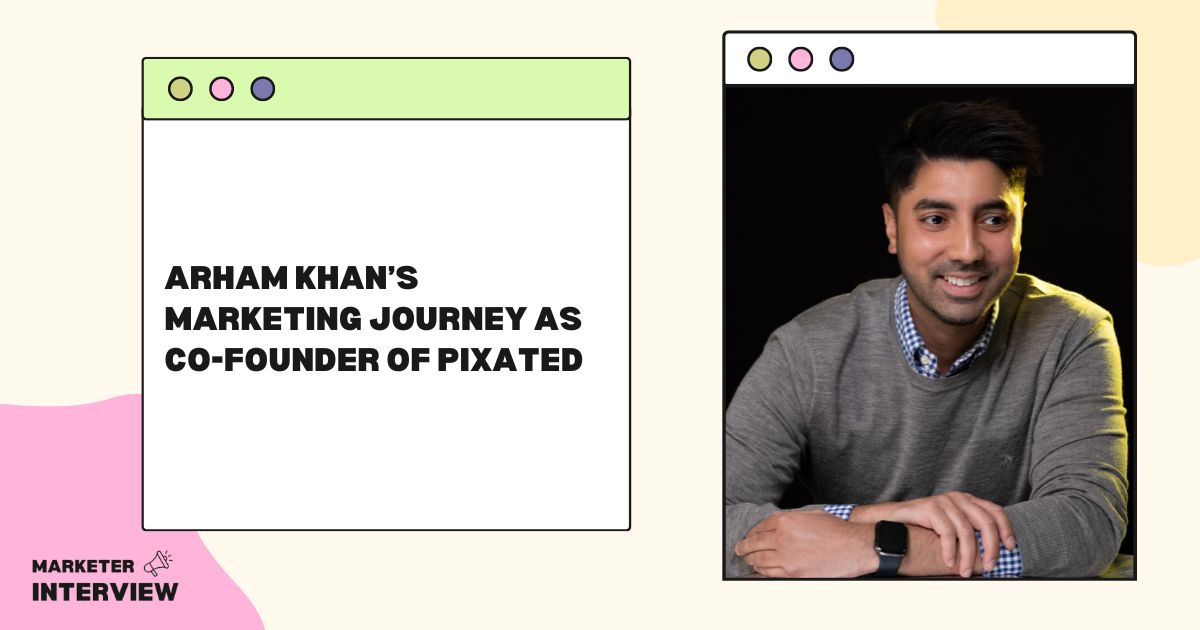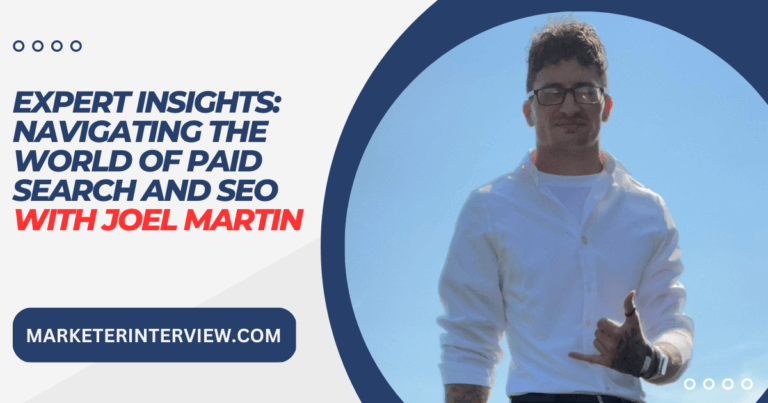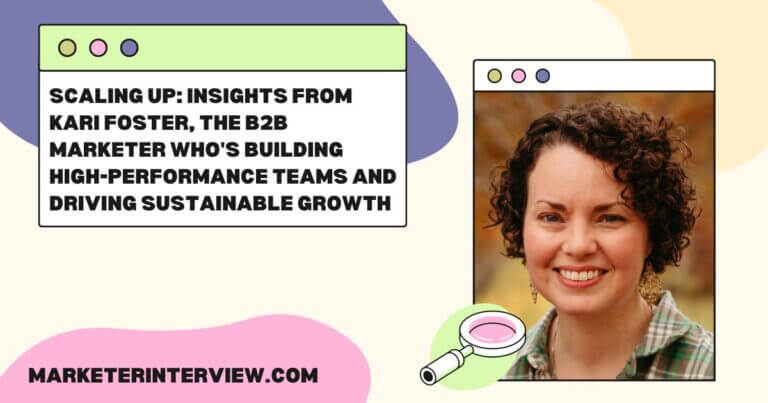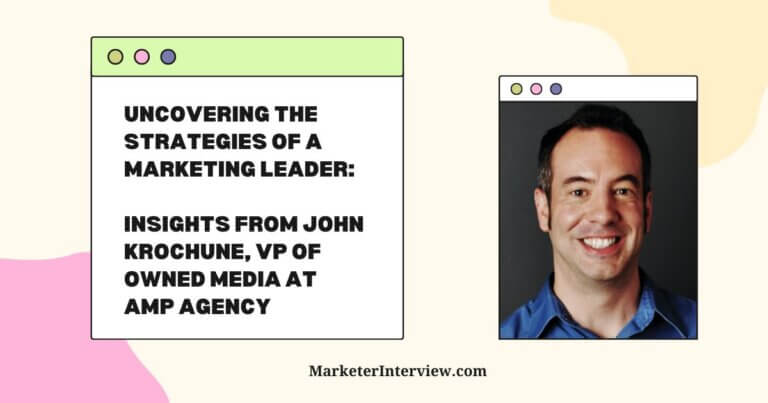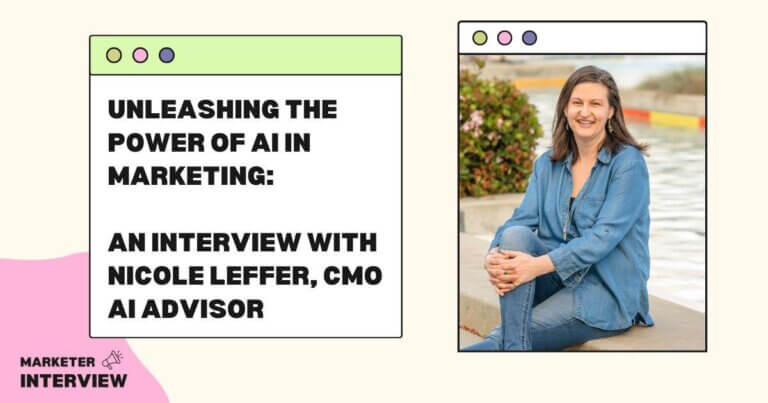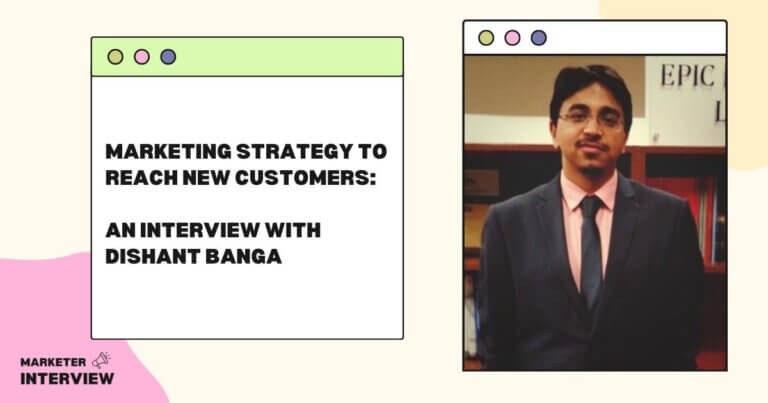Arham Khan’s Marketing Journey as Co-founder of Pixated
Arham Khan, the Head of Marketing and Co-founder of Pixated, has had an exciting journey in the marketing industry.
After graduation, he held several marketing roles and eventually started Pixated with his brother, combining their web design and performance marketing skills.
In this interview, Arham discusses his strategies for attracting and retaining customers, shares insights on troubleshooting issues with Google Ads, and offers advice for those starting in PPC advertising.
Contents
- 1 Can you tell us about your journey into the marketing industry?
- 2 What are the most effective strategies you’ve used to attract and retain customers?
- 3 What is a time when you had to troubleshoot an issue with a Google Ads campaign?
- 4 Can you give us an example of a successful paid social campaign you ran?
- 5 What advice would you give someone just starting with PPC advertising?
- 6 What critical tools and software do you rely on in your work as Head of Marketing?
- 7 How do your marketing strategies differ between B2B and B2C businesses?
- 8 How do you balance organic social media with paid social advertising?
- 9 How do you stay current on the latest trends and changes in PPC and social media advertising?
- 10 Can you discuss any unique challenges that arise in marketing for e-commerce?
Can you tell us about your journey into the marketing industry?
My marketing journey began after I studied Business Administration & International Relations at Aston University when I studied for a Master’s in Marketing Management at the university’s Business School.
Newly graduated, I held several marketing roles of increasing seniority. Then my brother and I began contracting for large companies. He was a web designer, me a performance marketer, but every time they brought in agencies, we’d see them overpromise and underdeliver.
We’re both passionate about empowering businesspeople to actualize their vision. And given that web design and performance marketing are two of the most potent ways to make that happen, in 2018, we combined our skill sets under one roof. We set up our agency, Pixated.
What are the most effective strategies you’ve used to attract and retain customers?
Central to all our strategies for clients is social media. It enables them to connect with their customers in many ways: photos, videos, reviews, and messages.
Our clients can reach ever-growing audiences through social media to attract new customers into their funnels. They also retain their existing customers by posting regularly to engage them and keep their brands front-of-mind. A solid social media presence is integral to any successful marketing campaign.
Another strategy we’re finding highly effective is finding influencers to partner with our clients. Influencer marketing is a powerful form of social proof, and we measure the success of its relevant campaigns by tracking brand awareness, followers, impressions, hashtags, and conversions.
What is a time when you had to troubleshoot an issue with a Google Ads campaign?
We took over a client’s Google Ads campaign, which for months had been failing to generate the desired results.
We checked out the campaign’s display settings, which were still set to default. When you set up a Google Ads campaign, your ads are automatically placed on the display network and search network.
The average conversion rate for ads on the display network is significantly lower than for the search network. Worse, most of the client’s budget was being allocated to this. But as soon as we turned off this default setting, we started seeing the results they deserved.
We had a health food client on a mission to empower and educate the UK on gut health.
We enhanced their Facebook ads by implementing first-party data tracking, which helped us overcome issues introduced by the iOS14 updates, and by introducing a decentralized account structure, which enabled us to identify best-converting segments and audiences – with minimal spending.
In turn, this meant we could scale up with dedicated budgets. This approach was a vital cog in the well-oiled sales machine we helped them build, and it ultimately led to a healthy 44% increase in purchases via Facebook.
They said: “Our overall D2C sales have increased by 40%, yet our costs have decreased by 30%. Very impressed with the work Pixated has been doing behind the scenes to help us achieve that!”
What advice would you give someone just starting with PPC advertising?
First, I’d say: Learn your terminology! There’s a plethora of acronyms and initialisms in PPC: CPC, CTR, ROAS, CPL, CPA, TOFU (and don’t forget its siblings MOFU and BOFU!).
Even basic PPC literature is impenetrable if you have to stop every other sentence to Google a term. By getting conversant with the jargon, you can learn the basics faster.
In terms of beginners’ mistakes, a classic I see time and again is PPC marketers not setting specific enough goals. For example, acquiring ‘more leads’ or ‘more revenue’ are laudable aims, but you can’t know how well your campaigns will perform without quantifying what they will look like.
I also see many marketers just starting in PPC taking a “set it and forget it” approach with their campaigns when successful PPC demands continual refinement.
You can always do something to improve performance: reviewing keywords and search terms, testing new ads, and trying out different bid strategies. The possibilities are endless.
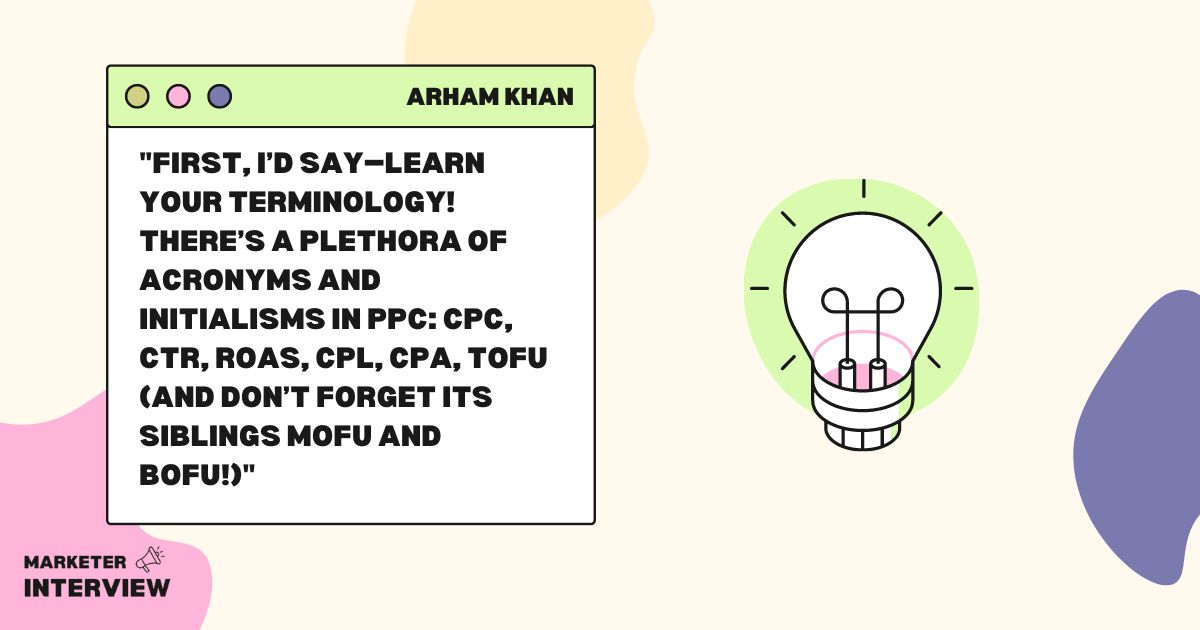
What critical tools and software do you rely on in your work as Head of Marketing?
At my agency, we’re fans of Semrush, a one-stop shop for PPC.
A standout feature is that it finds successful ads produced by our client’s competitors, which fuels our creative strategies and spurs us on to excel. It also has a stellar keyword research function which accounts for local keywords and advanced analytics for our Google Shopping campaigns.
We also use Optmyzr, which has won many awards for its machine-learning capabilities that automate ad optimization. We’ve found it seriously useful in managing our clients’ accounts when adding or eliminating keywords, altering our bids, and adjusting ad placement on display networks.
How do your marketing strategies differ between B2B and B2C businesses?
B2B tends to have longer buyer cycles, so marketers must maintain brand awareness using multiple channels and touchpoints.
It’s essential to track and be able to attribute the final conversion to the channels that led to it. On the other hand, B2C brands, with their generally much shorter buyer cycles, tend to be easier to track – but then the users are somewhat more fickle, so maintaining that relationship with them even after the purchase is critical.
The two types of marketing face distinct challenges, and contrary to some outsiders’ beliefs, you can’t always take strategies from one and use them in the other. But if I had to say which was more challenging, I’d choose B2C marketing, if only because the average customer is more unpredictable in their behavior than in B2B!
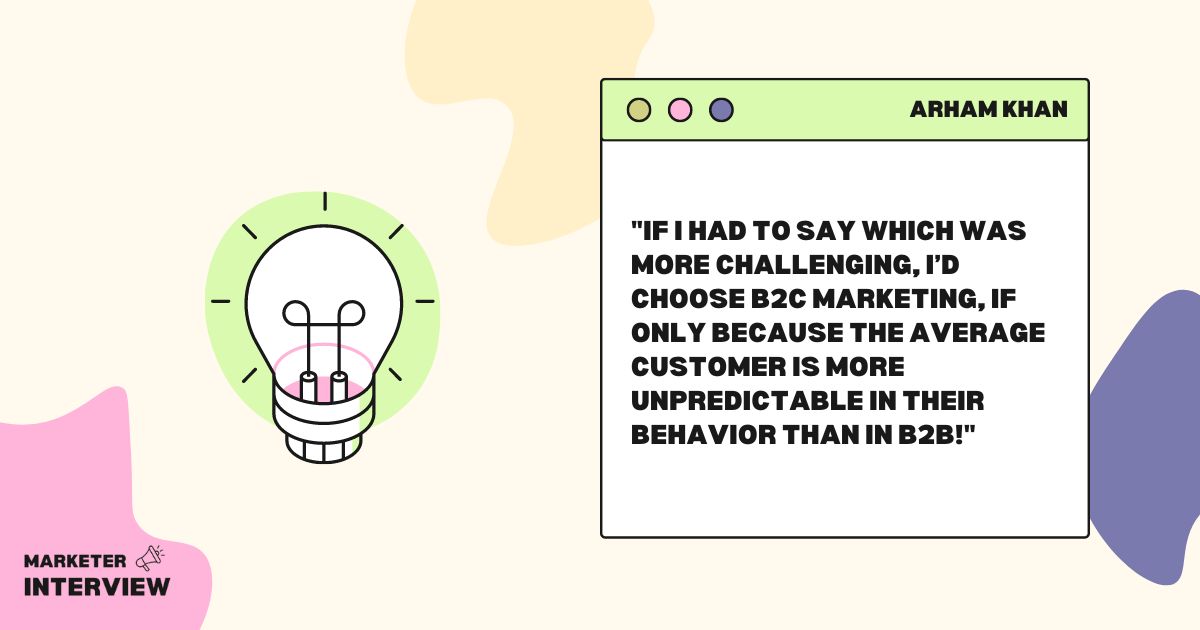
At my agency, we always combine paid and organic social. As organic reach diminishes across platforms, we turn to paid and up our investment to continue reaching specific audiences.
There’s a tricky balance to find when it comes to budgeting. It’s generally not realistic to aim to make an impact solely through organic reach – but we also have to be careful not to spend every last marketing dollar on paid.
The benefits of organic social can be huge: It provides a fantastic opportunity to promote our clients’ companies for free to a loyal audience and helps extend their networks through social sharing.
We make our dollars go even further by leveraging organic to determine which content is popular with our clients’ audiences before running it as a promotion.
Our primary way of staying ahead of the latest trends in PPC and social media advertising is to subscribe to many newsletters!
There are so many great thought leaders putting out valuable and relevant content, and at least once a week, I’ll come across something in one of their newsletters that inspires me to try out a new tool, implement a new strategy, contact a new prospect on behalf of a client and begin building bridges.
Last year at Pixated, we jumped on the bandwagon and started our weekly newsletter, The 5 in 5. It’s received fabulous feedback and is now read by over 10,000 subscribers!
Can you discuss any unique challenges that arise in marketing for e-commerce?
One of eCommerce’s most significant marketing challenges is converting shoppers into paying customers.
eCommerce websites have so much traffic and clicks and impressions, yet they’re often not making the sales they anticipated. A lot of this simply comes down to the fact that businesses aren’t thinking from a shopper’s perspective – but once they streamline UX and make their websites more navigable, results go through the roof.
Additionally, the number of eCommerce stores has skyrocketed since COVID, which has radically changed the face of eCommerce marketing—not least because it’s sent CPMs through the roof on Meta and Google.
Another challenge is product return and refund policies. Over 60% of online shoppers check out a retailer’s return policy before making a purchase, and a statement of No refunds or returns makes people nervous.
Customers want to shop at retailers who don’t punish them for mistakes. That’s why we encourage our clients to have flexible return and refund policies—because customer satisfaction should be the #1 priority.
